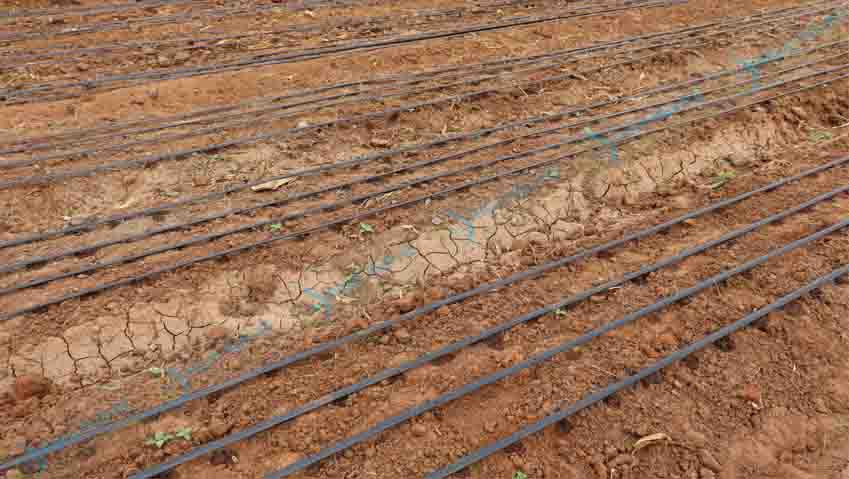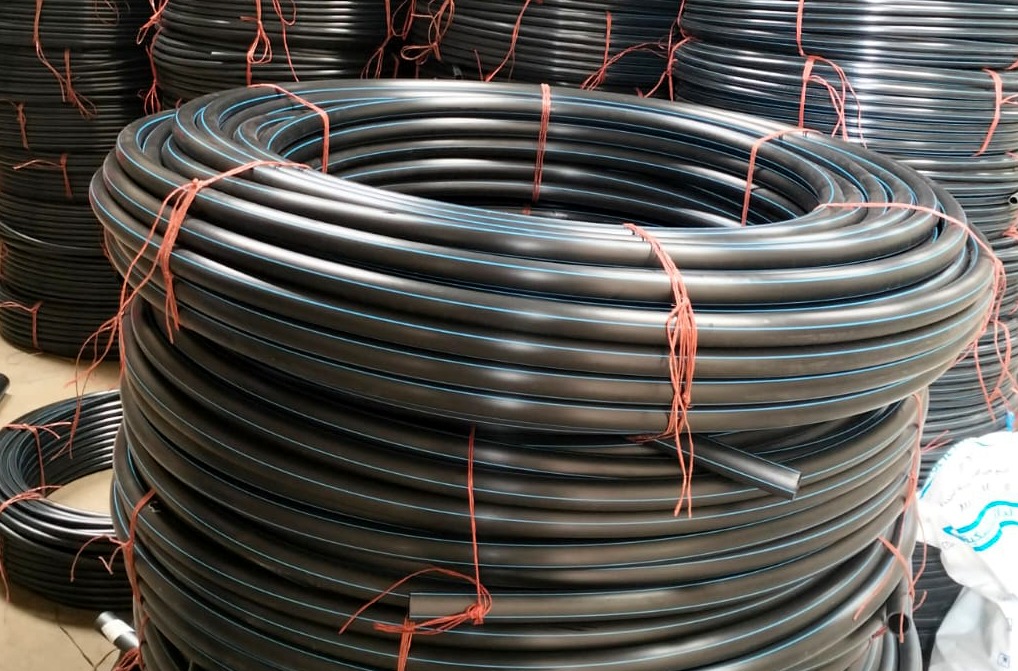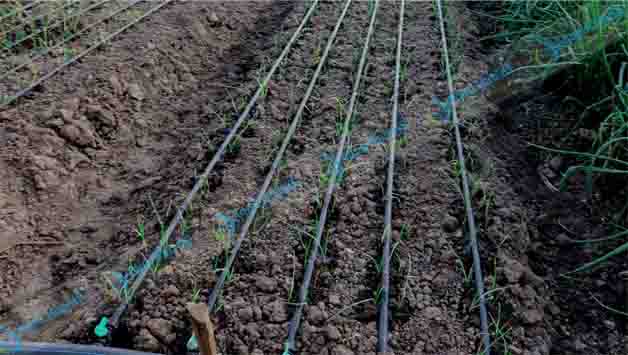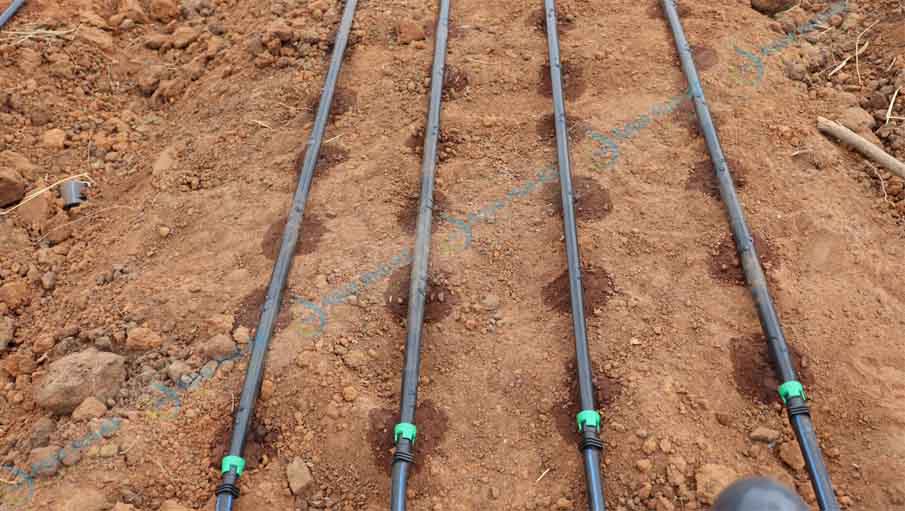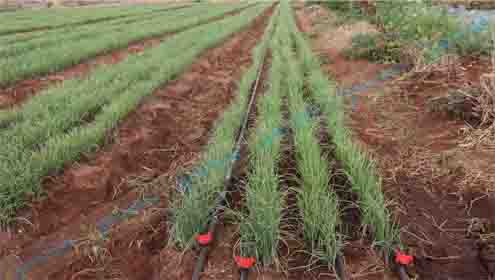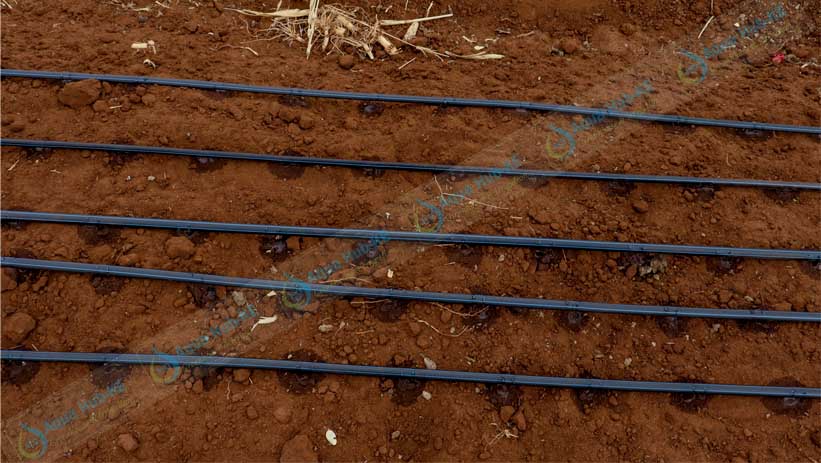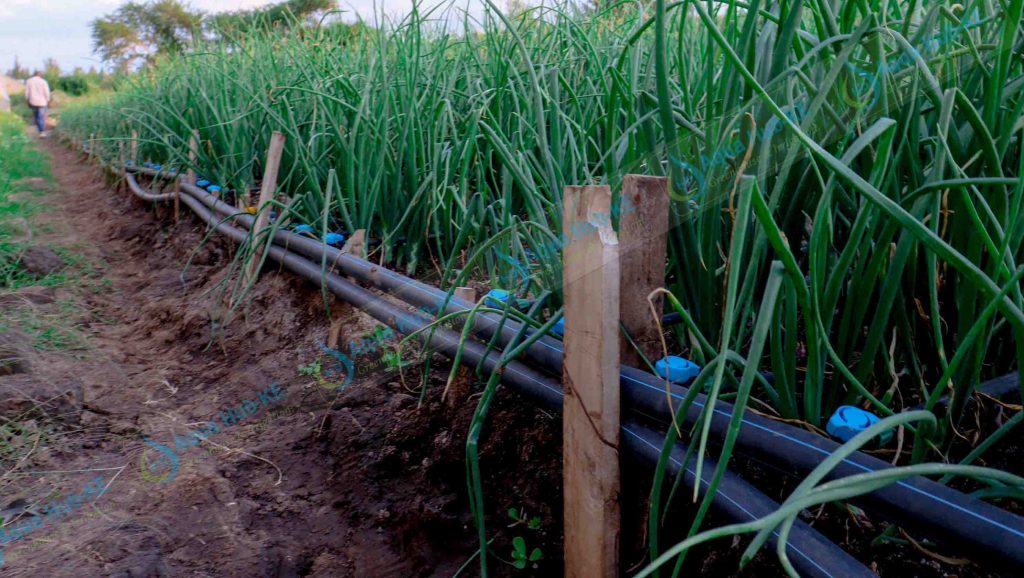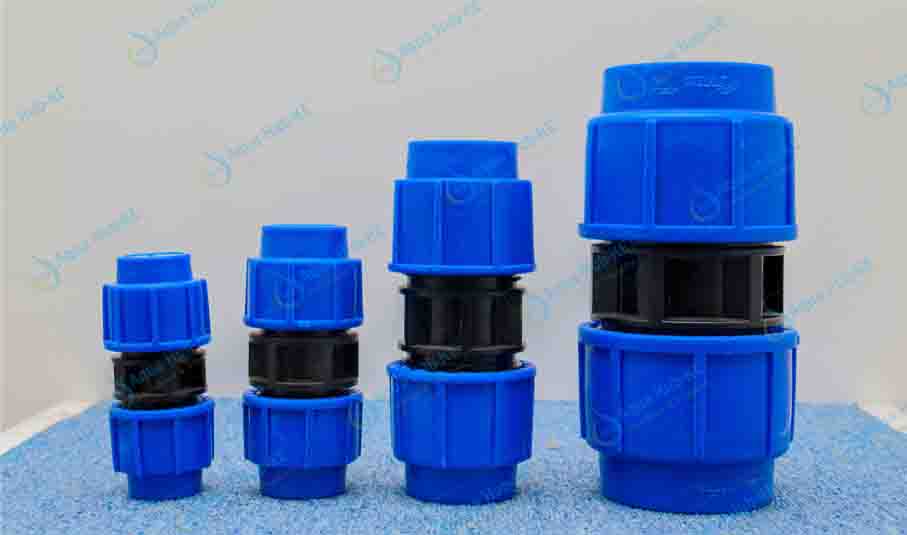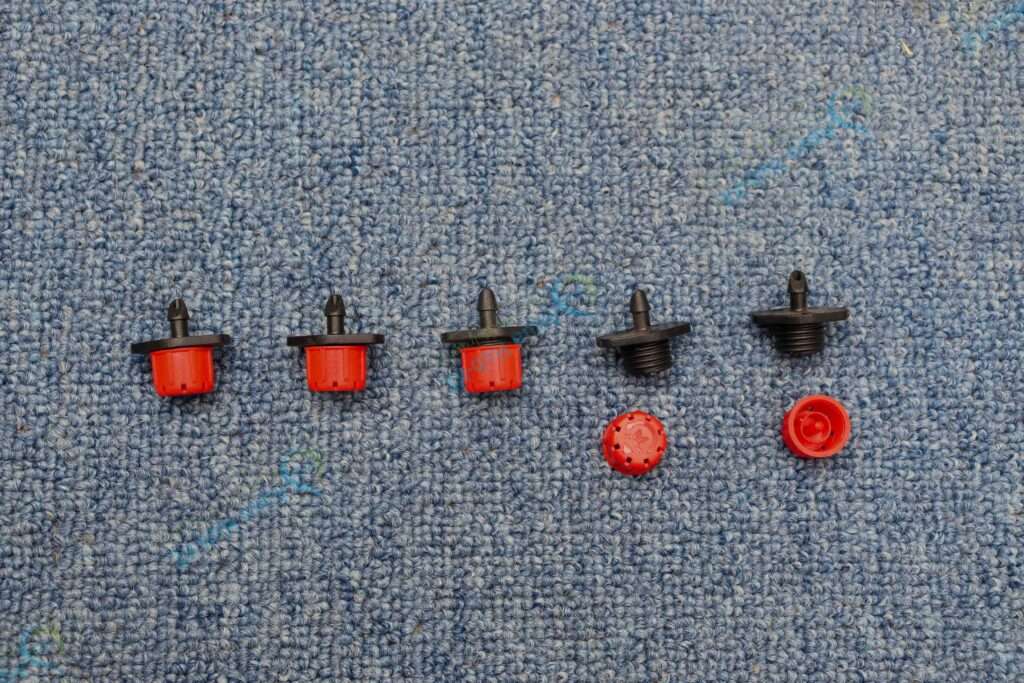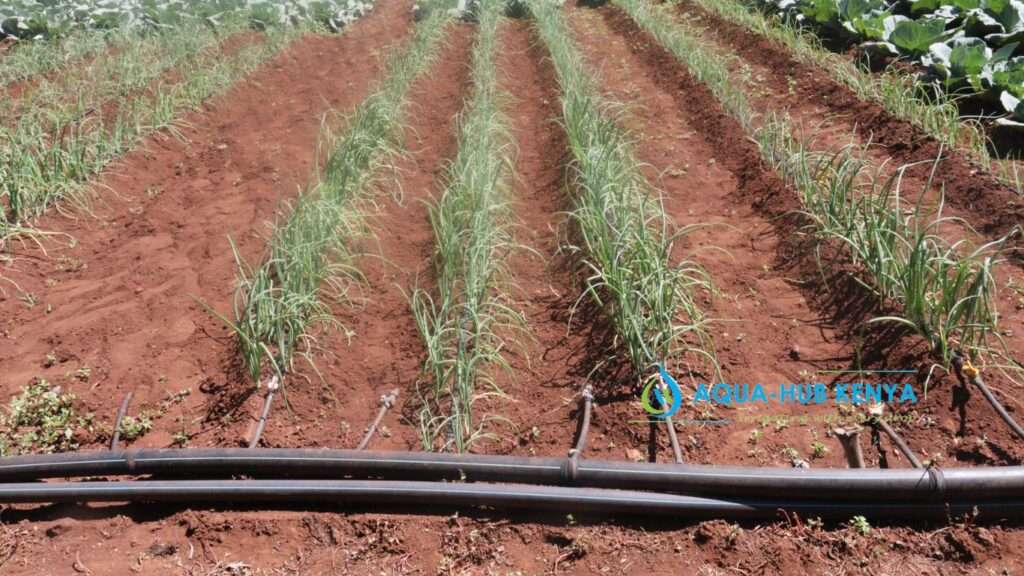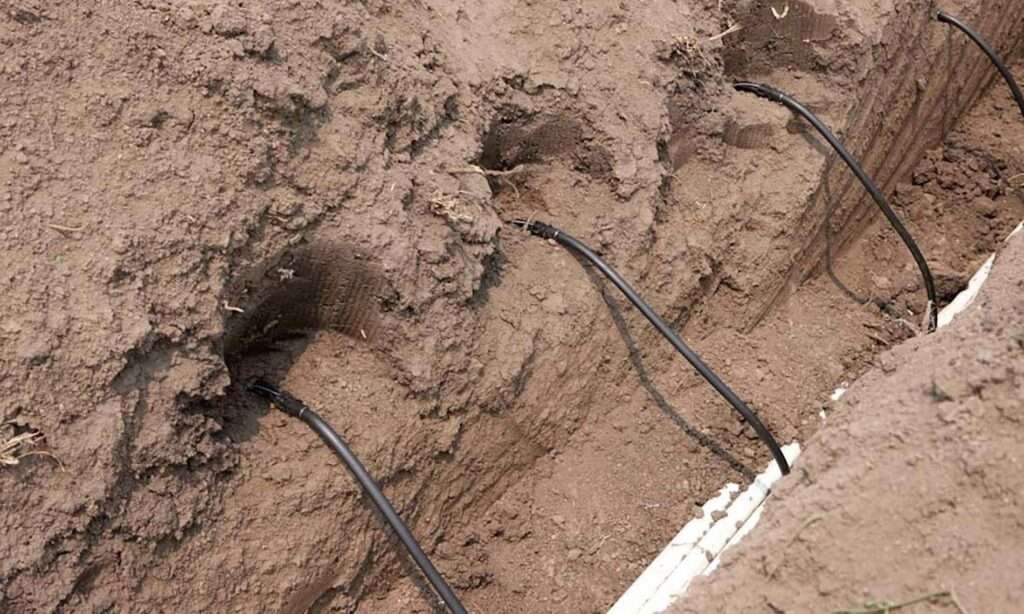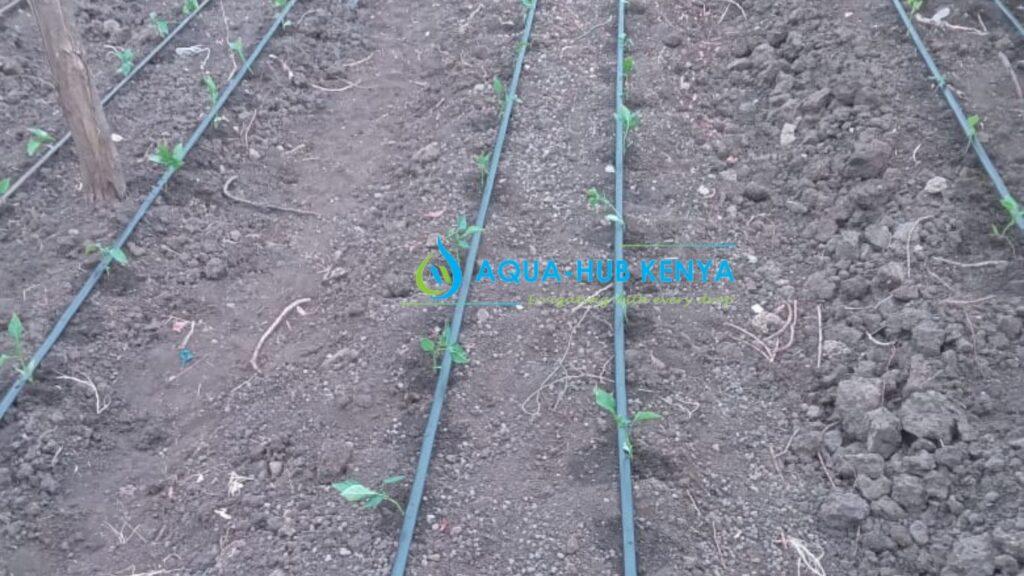Solar-Powered Drip Irrigation System in Kenya
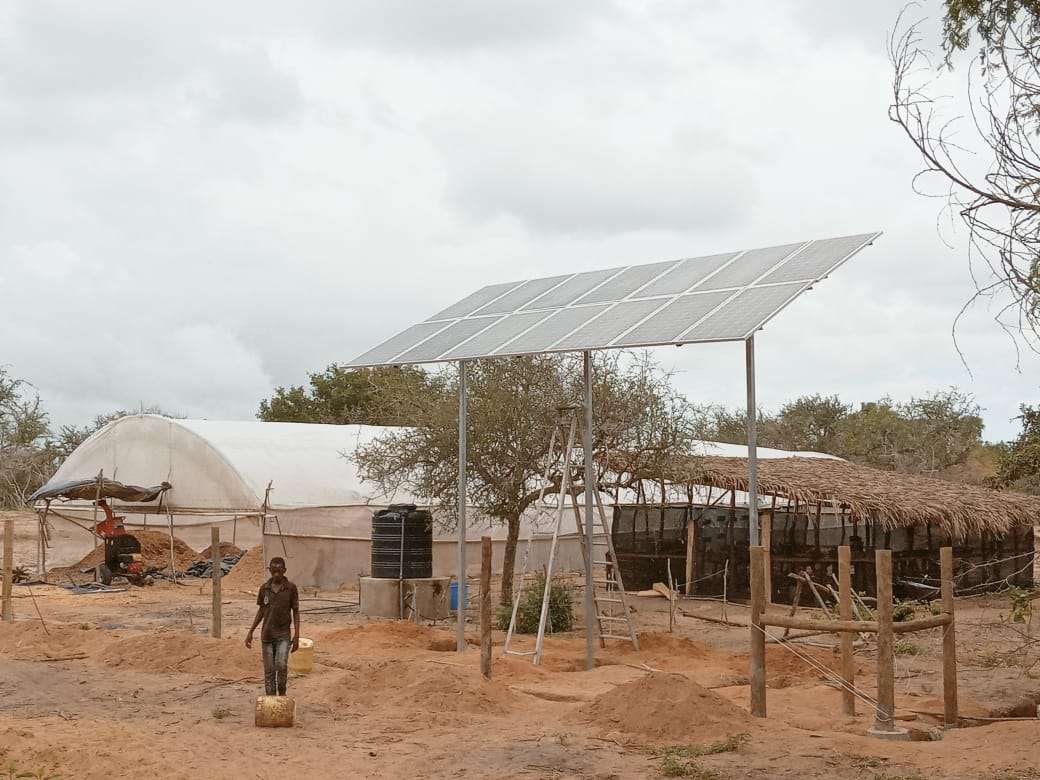
Solar-Powered Drip Irrigation Systems are available at Aqua Hub Kenya. Sun power is a natural and reliable energy source that can be used to supply water to various applications including farms.
Solar panels can be connected to components of an irrigation system such as a pump.
Using solar panels to power water pumps is an approach to reduce the cost of running fuel pumps, which is expensive. It also gives a better alternative to avoid high bills of power costs associated with electric pumps.
Cost of Solar-Powered Drip Systems in Kenya
For an acre of land, the cost of installing solar-powered drip irrigation systems ranges from KES 160,000 to 450,000.
How Solar and Drip Irrigation Systems Work
It is possible to rely on solar pumps to supply water to storage tanks or artificial dams for irrigation. The resulting pool of water can then be enough for supply to crops under irrigation systems.
The water is directed to drip irrigation systems for effective supply to plant roots through drip emitters.
Solar-powered systems are fail-safe as they incorporate devices that counteract failure. For instance, inverters convert AC to direct current and prevent the pump motor from damage.
Components Required for a Solar-Powered Drip Irrigation System
To connect and effectively run a system operating under solar power, components of a solar power and irrigation system should be available.
- Solar Water Pumps – Solar pumps with a design to operate on solar power. Present in different types and sizes both surface and submersible.
- Solar panels – Main devices that harvest solar power that is necessary to pump water required in the irrigation system. You can use solar panels with different power rates as per the needs of your water pump.
- Controllers – Devices that control the operation of the solar pumps and the irrigation system.
- Inverters – For converting Direct Current into Alternating Current to power a solar pump.
- Pipes for Irrigation system – Different types are available for use in different parts of an irrigation system.
- Drip lines – Special types of pipes that allow the precise supply of water directly to the root zones. Main pipes that are effective in drip irrigation.
- HDPE mainline pipes – Ideal pipes for mainline connection in drip systems.
- Connectors – Different types of connection fittings are available in irrigation systems.
How Effective is Solar Power in Irrigation System?
Water supply runs constant so long as the sun is available. When the sun is unavailable, backup battery power is utilized to supply water.
The zero effect that solar power has on the environment makes it a better source of energy for production.
How to Connect Solar-Powered Drip Irrigation Systems
- The first thing is to set up a solar water pump and connect it to the solar panels.
- Choose a proper place free from trees to set up solar panels.
- Lay and erect grids for supporting the solar panels.
- Install solar panels.
- Install Inverters in a good place and connect them to the solar panel.
- Connect the inverter to the battery devices.
- Install solar water pump on the water source and conduct wiring to the controller.
- Connect the pump controller to the solar inverter.
- The next step is to set up a tank and connect it to the water pump.
- Choose a proper place to place your tank.
- Construct a raised tower or erect tank support structures. The tank needs to be on a raised height to allow pressure build-up for water flow in a drip irrigation system.
- Connect HDPE pipes to the solar water pump to draw water from the source
- Connect the pipe to the tank.
- Install a drip irrigation system and connect it to the water tank.
- Dig trenches and lay mainline pipes.
- Connect the HDPE mainline pipe to the required sections using suitable connectors.
- Drill the underlying mainline pipe on the proper sections and insert rubber rings.
- Lay drip tapes on the farm sections.
- Insert start connectors to connect the risers to the mainline pipes
- Using offtake connectors to join risers and drip tapes.
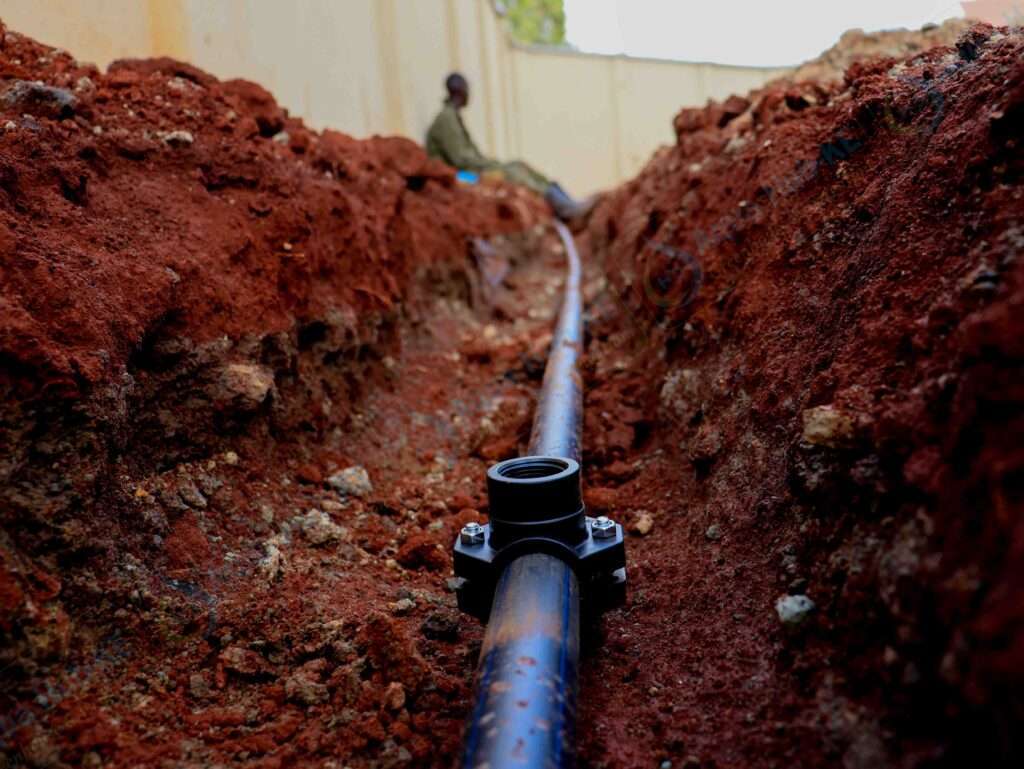
Benefits of Using Solar-Powered Drip Irrigation Systems
- Solar energy is renewable, so long as the sun keeps shining you can harvest solar power.
- They operate under low cost and minimum maintenance requirements.
- Scaling up solar power systems to meet varying needs of water in irrigation systems is possible.
- Solar power is reliable, and shortage is rare.

